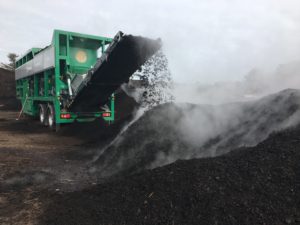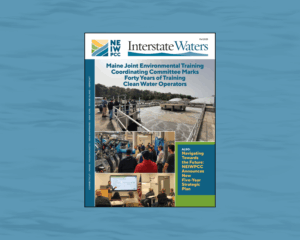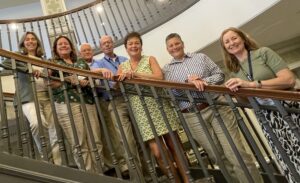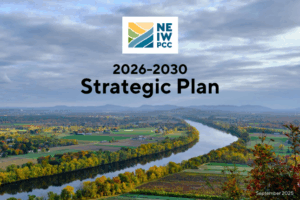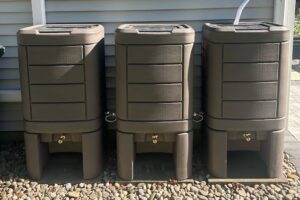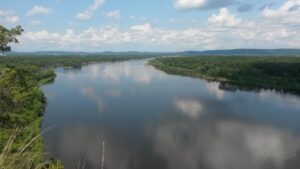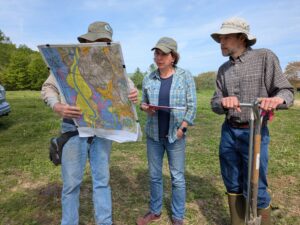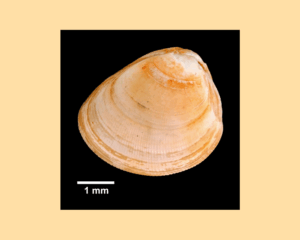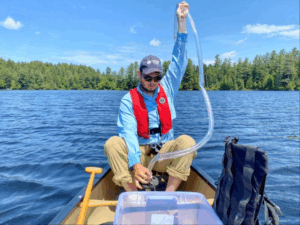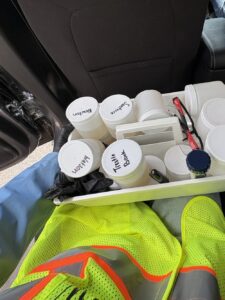-
NEIWPCC Partners with Tufts University Interns to Advance PFAS Resources
NEIWPCC’s work around per- and polyfluoroalkyl substances (PFAS) is getting a boost from two students enrolled in the master of public health (MPH) degree program at Tufts University’s School of…
-
Interstate Waters Magazine Features Wastewater Training, New Strategic Plan and Disaster Response
The Fall 2025 issue of “Interstate Waters,” NEIWPCC’s biannual magazine, is now available both online and in print. The cover story celebrates the 40th anniversary of the Maine Joint Environmental…
-
Commissioners Elect New Officers
NEIWPCC hosted its annual fall Executive Committee and Commission meeting in Middletown, Connecticut in September. Attendees included representatives and commissioners from NEIWPCC’s seven member states, the U.S. EPA Regions 1…
-
NEIWPCC Launches New Five-Year Strategic Plan
NEIWPCC unveiled a new multi-year strategic plan, providing an updated roadmap for achieving its mission to advance clean water in the Northeast through collaboration with, and service to, its member…
-
Program Incentivizes Stormwater Reduction Efforts on Long Island
The third year of the Long Island (New York) Garden Rewards Program provided more than 170 property owners with reimbursements to help offset the cost of stormwater runoff mitigation projects. The program is…
-
Upcoming Webinar on Navigating Site-Specific Water Quality Criteria for TMDLs in Wisconsin
The next webinar in the National 303(d) Restoring Our Impaired Waters Webinar Series will discuss site-specific water quality criteria and Total Maximum Daily Load (TMDL) implementation for phosphorus loading in…
-
NEIWPCC Supports Massachusetts’s Efforts to Limit Pollution From Septic Systems
More than one in five households across the United States depend on septic systems to treat their wastewater, but in rural parts of New England, that number can be as high…
-
New Index Evaluates the Health of Long Island Sound
A collaborative effort has culminated in the launch of an innovative macroinvertebrate‑based assessment tool for Long Island Sound bays and harbors. Developed by contractor Tetra Tech alongside the Connecticut Department…
-
Fifty New York Lakes Receive Water Quality Assessment
Targeting unassessed – or not recently assessed – waterbodies in the New York portion of the Lake Champlain watershed, trained community volunteers and field technicians at Paul Smith’s College Adirondack…
-
New Hampshire Internship Provides Pathway Into the Wastewater Industry
Two interns who spent the summer receiving training from wastewater operators in Nashua now have the opportunity to receive an entry-level wastewater license through the Emerging Water Professionals Internship Program…
